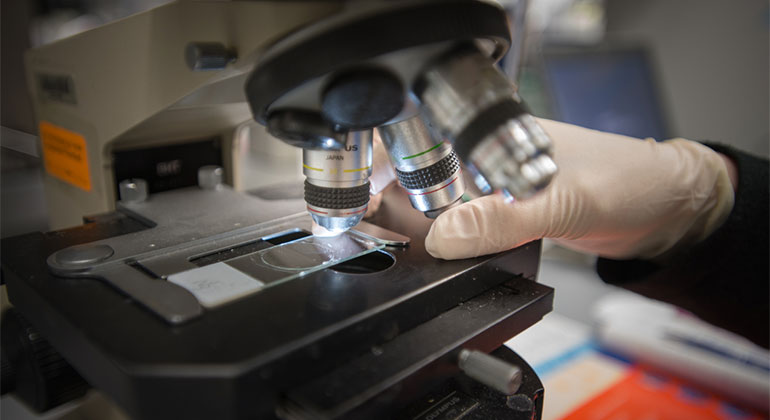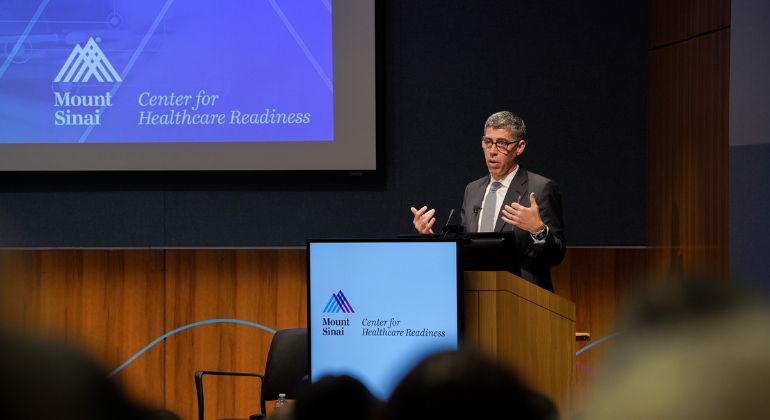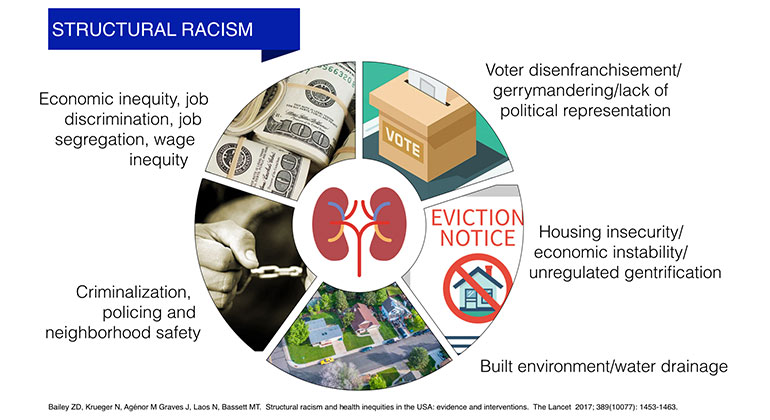Girls Who Are Emotionally Neglected or Severely Sexually Abused When Young Report Riskier Sexual Behaviors in Adolescence
Findings open new possibilities for tailored interventions
Girls who are emotionally neglected or severely sexually abused early in their lives report riskier sexual behaviors during adolescence, Mount Sinai researchers report. The findings highlight the need—and suggest the potential for tailored approaches—to promote healthy sexual development in vulnerable populations.
The researchers identified four distinct patterns of neglect and sexual abuse in low-income, predominantly Black and/or Latina girls and young women that led to distinct trajectories of risky sexual behavior during adolescence. Their findings were published in Child Development in January.
The study was the first of its kind to identify categories of maltreatment among adolescent girls of color in an urban setting that correspond with measurable changes in sexual behavior as they get older. The four categories are low maltreatment, moderate emotional neglect only, severe physical and emotional abuse, and severe sexual abuse.
The study examined how different categories of maltreatment were related to changes in risky sexual behaviors between ages 13 and 23. Risky sexual behaviors included not using condoms, having five or more lifetime partners, having sex in return for money, having sex with someone known to be infected with a sexually transmitted disease, having a partner at least five years older than themselves, and having sex while under the influence of drugs or alcohol.
A noteworthy finding was that adolescents categorized as having had moderate emotional neglect without abuse, as well as those categorized as having experienced severe sexual abuse, reported more sexual risk behaviors than peers who reported low maltreatment. Those with severe sexual abuse also reported the fastest increase of sexually risky behaviors over time.
The girls who experienced moderate emotional neglect, which is the most common form of child maltreatment, may develop riskier behaviors than their peers who were not neglected because emotional neglect may interfere with the development of a secure bond with a parent and the self-esteem that bond produces; the lack of these may precipitate the onset and risky patterns of sexual behavior during middle adolescence, according to the study. Contrary to other research, the study did not find different sexual behaviors between girls and young women who reported severe physical and emotional abuse and those in the low-maltreatment group.
Given that sexually risky behavior often increases in adolescence and decelerates in young adulthood, effective sexual health intervention programs must be designed and implemented earlier in adolescence, particularly among youth with a history of maltreatment, the researchers say. The results from this longitudinal study can inform tailored prevention and intervention efforts, and clinical diagnostic tools, that recognize the different types of neglect and abuse in adolescents and young adults to meet their individual needs in a developmentally appropriate manner.
“Our findings among an underrepresented sample of Latina and Black adolescent girls and young women contribute to the understanding of sexual risk trajectories among girls of color,” said Li Niu, PhD, postdoctoral fellow in Environmental Medicine and Public Health, Icahn School of Medicine at Mount Sinai. “This study provides unique information about patterns of abuse and neglect and underscores the need for better and more comprehensive tools in clinical and research settings. In addition, the larger society needs to recognize crucial social forces, such as stigma and victim-blaming, that affect girls’ sexual development, and work together to address factors such as gender inequalities and stereotypes.”
This study measured self-reported childhood maltreatment among 882 sexually active adolescents and young adults every six months between the ages of 13 and 25. The participants were enrolled in an ongoing human papillomavirus surveillance study at the Mount Sinai Adolescent Health Center and were recruited on a rolling basis from 2007 to 2016.
The researchers believe that one outcome from the study could be that primary care physicians conduct interviews with girls about neglect and abuse to identify possible interventions. In addition, the study points to a need for further research into how details such as the relationship of a perpetrator of abuse or the chronicity of the maltreatment, might play in sexually risky behavior.
About the Mount Sinai Health System
Mount Sinai Health System is one of the largest academic medical systems in the New York metro area, with 48,000 employees working across seven hospitals, more than 400 outpatient practices, more than 600 research and clinical labs, a school of nursing, and a leading school of medicine and graduate education. Mount Sinai advances health for all people, everywhere, by taking on the most complex health care challenges of our time—discovering and applying new scientific learning and knowledge; developing safer, more effective treatments; educating the next generation of medical leaders and innovators; and supporting local communities by delivering high-quality care to all who need it.
Through the integration of its hospitals, labs, and schools, Mount Sinai offers comprehensive health care solutions from birth through geriatrics, leveraging innovative approaches such as artificial intelligence and informatics while keeping patients’ medical and emotional needs at the center of all treatment. The Health System includes approximately 9,000 primary and specialty care physicians and 11 free-standing joint-venture centers throughout the five boroughs of New York City, Westchester, Long Island, and Florida. Hospitals within the System are consistently ranked by Newsweek’s® “The World’s Best Smart Hospitals, Best in State Hospitals, World Best Hospitals and Best Specialty Hospitals” and by U.S. News & World Report's® “Best Hospitals” and “Best Children’s Hospitals.” The Mount Sinai Hospital is on the U.S. News & World Report® “Best Hospitals” Honor Roll for 2024-2025.
For more information, visit https://www.mountsinai.org or find Mount Sinai on Facebook, Instagram, LinkedIn, X, and YouTube.

Changes in Microbiome Predict Risk for Sexually Transmitted Disease
Jan 15, 2025 View All Press Releases
New York City Virus Hunters Detect H5N1 Avian Influenza in New York City Wild Birds
May 21, 2024 View All Press Releases




